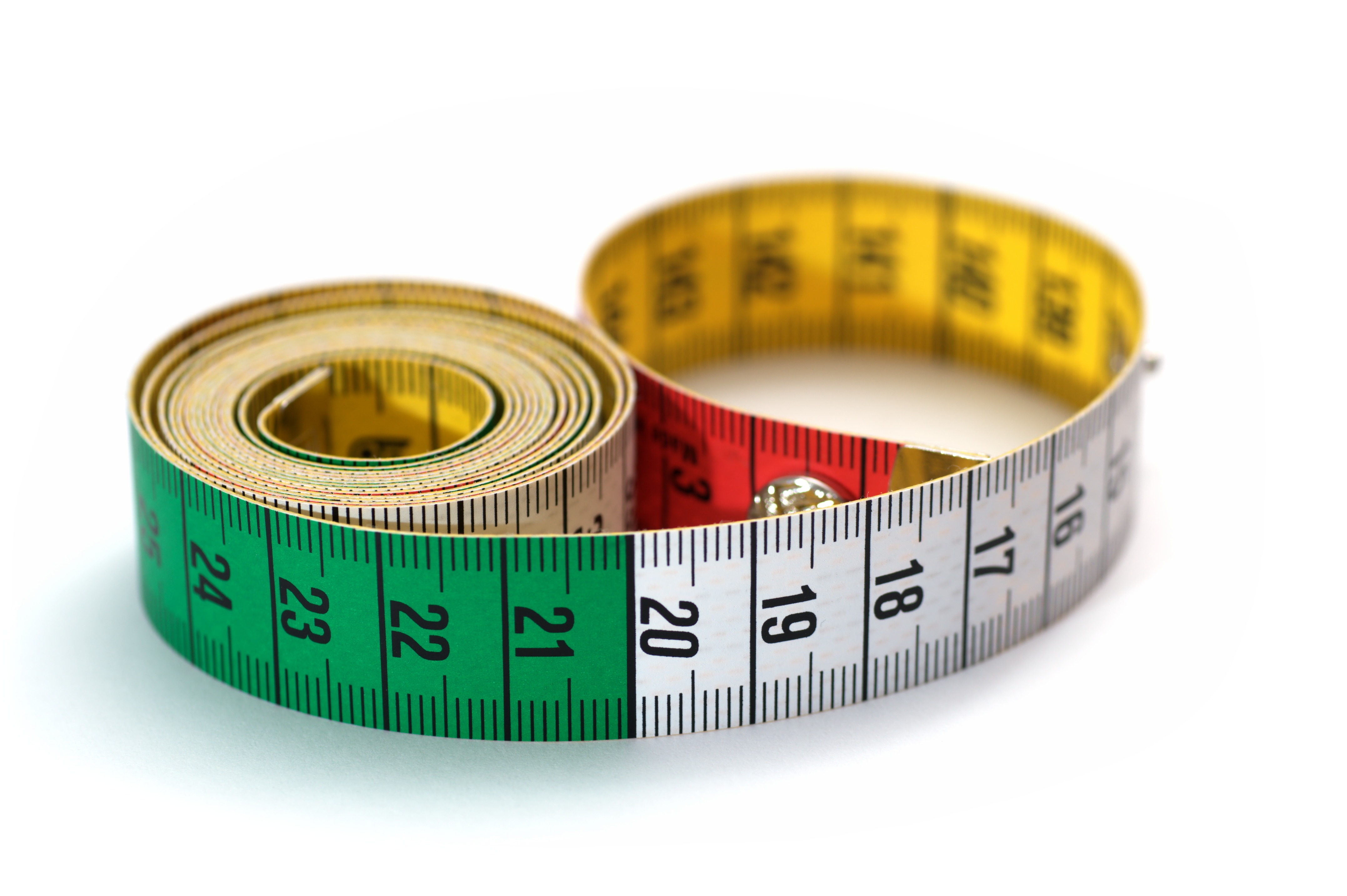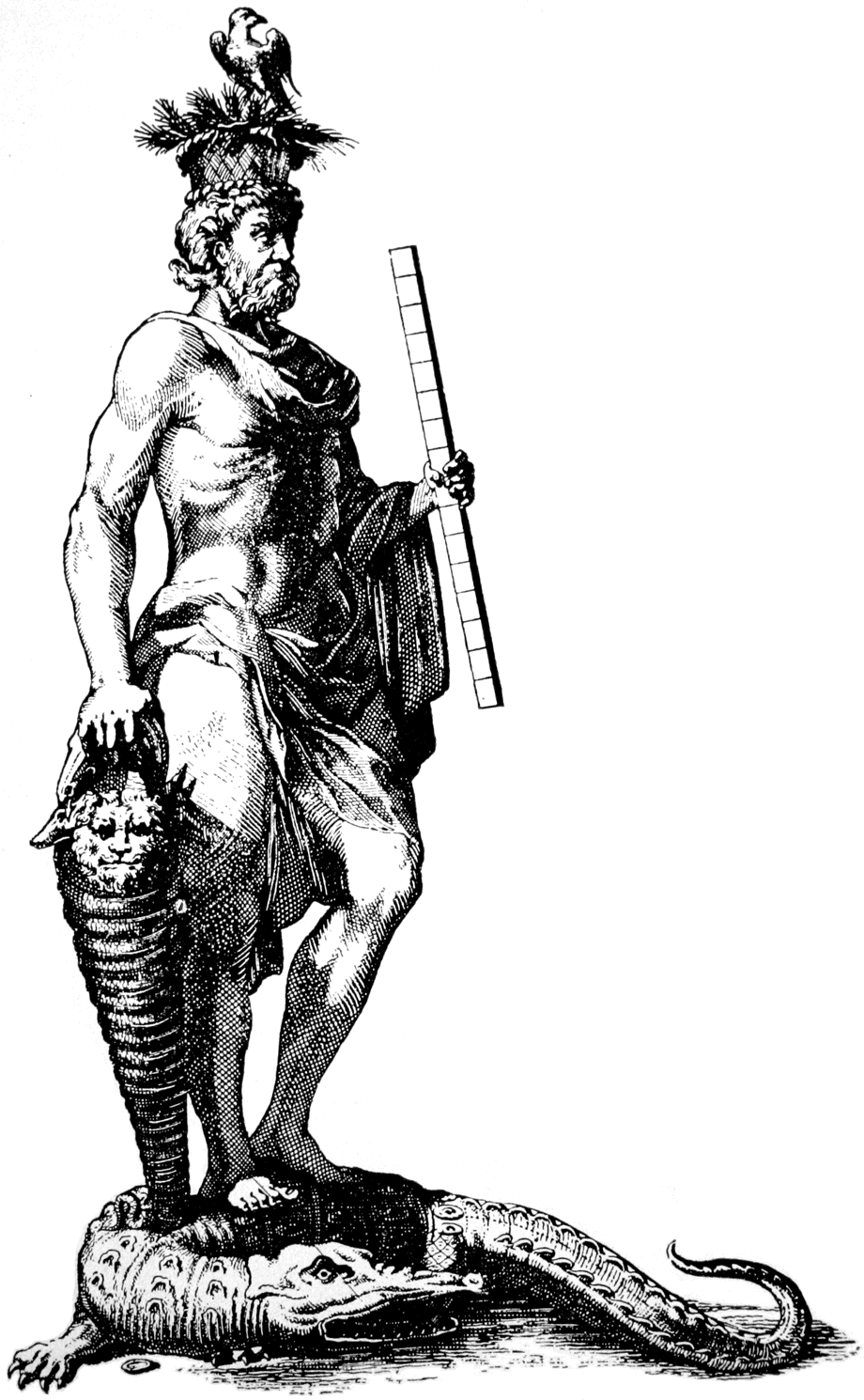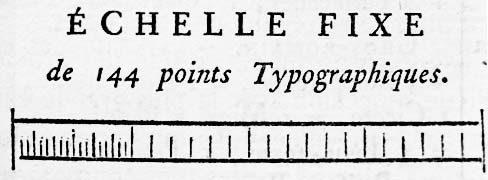|
Ruler
A ruler, sometimes called a rule, line gauge, or scale, is a device used in geometry and technical drawing, as well as the engineering and construction industries, to measure distances or draw straight lines. Variants Rulers have long been made from different materials and in multiple sizes. Some are wooden. Plastics have also been used since they were invented; they can be molded with length markings instead of being scribed. Metal is used for more durable rulers for use in the workshop; sometimes a metal edge is embedded into a wooden desk ruler to preserve the edge when used for straight-line cutting. in length is useful for a ruler to be kept on a desk to help in drawing. Shorter rulers are convenient for keeping in a pocket. Longer rulers, e.g., , are necessary in some cases. Rigid wooden or plastic yardsticks, 1 yard long, and meter sticks, 1 meter long, are also used. Classically, long measuring rods were used for larger projects, now superseded by ... [...More Info...] [...Related Items...] OR: [Wikipedia] [Google] [Baidu] |
Angle Trisection
Angle trisection is a classical problem of straightedge and compass construction of ancient Greek mathematics. It concerns construction of an angle equal to one third of a given arbitrary angle, using only two tools: an unmarked straightedge and a compass. Pierre Wantzel proved in 1837 that the problem, as stated, is impossible to solve for arbitrary angles. However, although there is no way to trisect an angle ''in general'' with just a compass and a straightedge, some special angles can be trisected. For example, it is relatively straightforward to trisect a right angle (that is, to construct an angle of measure 30 degrees). It is possible to trisect an arbitrary angle by using tools other than straightedge and compass. For example, neusis construction, also known to ancient Greeks, involves simultaneous sliding and rotation of a marked straightedge, which cannot be achieved with the original tools. Other techniques were developed by mathematicians over the centuries. Be ... [...More Info...] [...Related Items...] OR: [Wikipedia] [Google] [Baidu] |
Compass And Straightedge
In geometry, straightedge-and-compass construction – also known as ruler-and-compass construction, Euclidean construction, or classical construction – is the construction of lengths, angles, and other geometric figures using only an idealized ruler and a pair of compasses. The idealized ruler, known as a straightedge, is assumed to be infinite in length, have only one edge, and no markings on it. The compass is assumed to have no maximum or minimum radius, and is assumed to "collapse" when lifted from the page, so may not be directly used to transfer distances. (This is an unimportant restriction since, using a multi-step procedure, a distance can be transferred even with a collapsing compass; see compass equivalence theorem. Note however that whilst a non-collapsing compass held against a straightedge might seem to be equivalent to marking it, the neusis construction is still impermissible and this is what unmarked really means: see Markable rulers below.) More formall ... [...More Info...] [...Related Items...] OR: [Wikipedia] [Google] [Baidu] |
Nippur Cubit
Nippur (Sumerian: ''Nibru'', often logographically recorded as , EN.LÍLKI, "Enlil City;"The Cambridge Ancient History: Prolegomena & Prehistory': Vol. 1, Part 1. Accessed 15 Dec 2010. Akkadian: ''Nibbur'') was an ancient Sumerian city. It was the special seat of the worship of the Sumerian god Enlil, the "Lord Wind", ruler of the cosmos, subject to An alone. Nippur was located in modern Nuffar in Afak, Al-Qādisiyyah Governorate, Iraq (roughly 200 km south of Baghdad). Occupation at the site extended back to the Uruk period, the Ubaid period, and the Jemdet Nasr period. History Nippur never enjoyed political hegemony in its own right, but its control was crucial, as it was considered capable of conferring the overall "kingship" on monarchs from other city-states. It was distinctively a sacred city, important from the possession of the famous Ekur temple of Enlil. Ninurta also had his main cult center, the E-shumesha temple, in the city-state. According to the ''Tumma ... [...More Info...] [...Related Items...] OR: [Wikipedia] [Google] [Baidu] |
Meter Stick
A meterstick, metrestick, or yardstick is either a straightedge or foldable ruler used to measure length, and is especially common in the construction industry. They are often made of wood or plastic, and often have metal or plastic joints so that they can be folded together. Normal length of a meterstick made for the international market is either one or two meters, while a yardstick made for the U.S. market is typically one yard (3 feet or 0.9144 meters) long. Metersticks are usually divided with lines for each millimeter (1000 per meter) and numerical markings per centimeter (100 per meter), with numbers either in centi- or millimeter. Yardsticks are most often marked with a scale in inches, but sometimes also feature marks for foot increments. Hybrid sticks with more than one measurement system also exist, most notably those which have metric measurements on one side and U.S. customary units on the other side (or both on the same side). The "tumstock" (literally ''"thumbst ... [...More Info...] [...Related Items...] OR: [Wikipedia] [Google] [Baidu] |
Yardstick
A meterstick, metrestick, or yardstick is either a straightedge or foldable ruler used to measure length, and is especially common in the construction industry. They are often made of wood or plastic, and often have metal or plastic joints so that they can be folded together. Normal length of a meterstick made for the international market is either one or two meters, while a yardstick made for the U.S. market is typically one yard (3 feet or 0.9144 meters) long. Metersticks are usually divided with lines for each millimeter (1000 per meter) and numerical markings per centimeter (100 per meter), with numbers either in centi- or millimeter. Yardsticks are most often marked with a scale in inches, but sometimes also feature marks for foot increments. Hybrid sticks with more than one measurement system also exist, most notably those which have metric measurements on one side and U.S. customary units on the other side (or both on the same side). The "tumstock" (literally ''"thum ... [...More Info...] [...Related Items...] OR: [Wikipedia] [Google] [Baidu] |
Distance Measurement
Length measurement, distance measurement, or range measurement (ranging) refers to the many ways in which length, distance, or range can be measured. The most commonly used approaches are the rulers, followed by transit-time methods and the interferometer methods based upon the speed of light. For objects such as crystals and diffraction gratings, diffraction is used with X-rays and electron beams. Measurement techniques for three-dimensional structures very small in every dimension use specialized instruments such as ion microscopy coupled with intensive computer modeling. Standard rulers The ruler the simplest kind of length measurement tool: lengths are defined by printed marks or engravings on a stick. The metre was initially defined using a ruler before more accurate methods became available. Gauge blocks are a common method for precise measurement or calibration of measurement tools. For small or microscopic objects, microphotography where the length is calibrated ... [...More Info...] [...Related Items...] OR: [Wikipedia] [Google] [Baidu] |
Meter
The metre ( British spelling) or meter ( American spelling; see spelling differences) (from the French unit , from the Greek noun , "measure"), symbol m, is the primary unit of length in the International System of Units (SI), though its prefixed forms are also used relatively frequently. The metre was originally defined in 1793 as one ten-millionth of the distance from the equator to the North Pole along a great circle, so the Earth's circumference is approximately km. In 1799, the metre was redefined in terms of a prototype metre bar (the actual bar used was changed in 1889). In 1960, the metre was redefined in terms of a certain number of wavelengths of a certain emission line of krypton-86. The current definition was adopted in 1983 and modified slightly in 2002 to clarify that the metre is a measure of proper length. From 1983 until 2019, the metre was formally defined as the length of the path travelled by light in a vacuum in of a second. After the 2019 rede ... [...More Info...] [...Related Items...] OR: [Wikipedia] [Google] [Baidu] |
Tape Measure
A tape measure or measuring tape is a flexible ruler used to measure length or distance. It consists of a ribbon of cloth, plastic, fibre glass, or metal strip with linear measurement markings. It is a common measuring tool. Its design allows for a measure of great length to be easily carried in pocket or toolkit and permits one to measure around curves or corners. Today it is ubiquitous, even appearing in miniature form as a keychain fob, or novelty item. Surveyors use tape measures in lengths of over 100 m. Types There are two basic types of tape measures with cases: spring return pocket tape measures and long tape measures. Spring return pocket tape measures will generally fit in a pocket. They are small; the case is up to about three inches across. The tape is returned to the case by a spring mechanism. Pocket tape measures have a tape in length and across. A second tape measure design is what is called the long tape. These are cased tape measures with ... [...More Info...] [...Related Items...] OR: [Wikipedia] [Google] [Baidu] |
Calibrated
In measurement technology and metrology, calibration is the comparison of measurement values delivered by a device under test with those of a Standard (metrology), calibration standard of known accuracy. Such a standard could be another measurement device of known accuracy, a device generating the quantity to be measured such as a voltage, a sound tone, or a physical artifact, such as a meter ruler. The outcome of the comparison can result in one of the following: * no significant error being noted on the device under test * a significant error being noted but no adjustment made * an adjustment made to correct the error to an acceptable level Strictly speaking, the term "calibration" means just the act of comparison and does not include any subsequent adjustment. The calibration standard is normally traceable to a national or international standard held by a metrology body. BIPM Definition The formal definition of calibration by the International Bureau of Weights and Measure ... [...More Info...] [...Related Items...] OR: [Wikipedia] [Google] [Baidu] |
Measuring Rod
A measuring rod is a tool used to physically measure lengths and survey areas of various sizes. Most measuring rods are round or square sectioned; however, they can also be flat boards. Some have markings at regular intervals. It is likely that the measuring rod was used before the line, chain or steel tapes used in modern measurement. History Ancient Sumer The oldest preserved measuring rod is a copper-alloy bar which was found by the German Assyriologist Eckhard Unger while excavating at Nippur (pictured below). The bar dates from c. 2650 BC. and Unger claimed it was used as a measurement standard. This irregularly formed and irregularly marked ''graduated rule'' supposedly defined the ''Sumerian cubit'' as about , although this does not agree with other evidence from the statues of Gudea from the same region, five centuries later. Ancient India Rulers made from ivory were in use by the Indus Valley Civilization in what today is Pakistan, and in some parts of Western I ... [...More Info...] [...Related Items...] OR: [Wikipedia] [Google] [Baidu] |
Point (typography)
In typography, the point is the smallest typographic unit, unit of measure. It is used for measuring typeface, font size, leading, and other items on a printed page. The size of the point has varied throughout printing's history. Since the 18th century, the size of a point has been between 0.18 and 0.4 millimeters. Following the advent of desktop publishing in the 1980s and 1990s, digital printing has largely supplanted the printing press, letterpress printing and has established the DTP point (DeskTop Publishing point) as the de facto standard, ''de facto'' standard. The DTP point is defined as of an inch, international inch () and, as with earlier American point sizes, is considered to be of a pica (typography), pica. In metal type, the point size of the font describes the body height (typography), height of the metal body (typography), body on which the typeface's characters were cast. In digital type, letters of a font are designed around an imaginary space called an ' ... [...More Info...] [...Related Items...] OR: [Wikipedia] [Google] [Baidu] |
Pica (typography)
The pica is a typographic unit of measure corresponding to approximately of an inch, or from to of a foot. One pica is further divided into 12 points. In printing, three pica measures are used: * The French pica of 12 Didot points (also called cicero) generally is: 12 × 0.376 = . * The American pica of . It was established by the United States Type Founders' Association in 1886. In TeX one pica is of an inch. * The contemporary computer PostScript pica is exactly of an inch or of a foot, i.e. 4.2 mm or 0.1 in. Publishing applications such as Adobe InDesign and QuarkXPress represent pica measurements with whole-number picas left of a lower-case ''p'', followed by the points number, for example: 5p6 represents 5 picas and 6 points, or 5 picas. Cascading Style Sheets (CSS) defined by the World Wide Web Consortium use pc as the abbreviation for pica ( of an inch), and pt for point ( of an inch). The pica is also used in measuring the font capacity and is applied ... [...More Info...] [...Related Items...] OR: [Wikipedia] [Google] [Baidu] |









